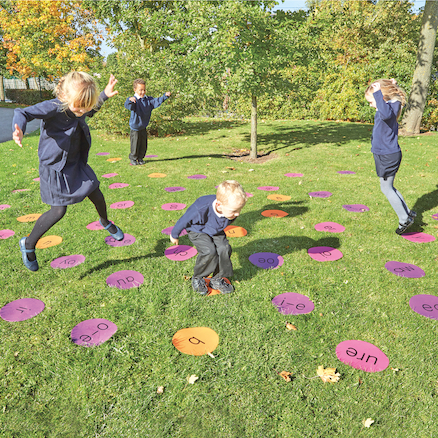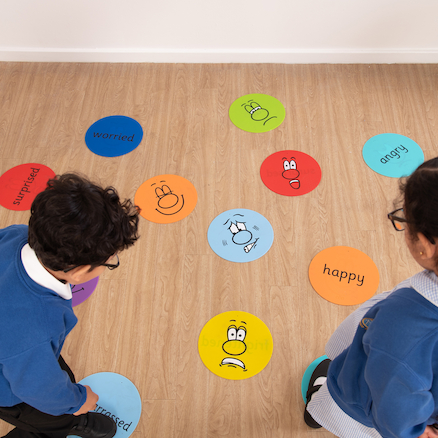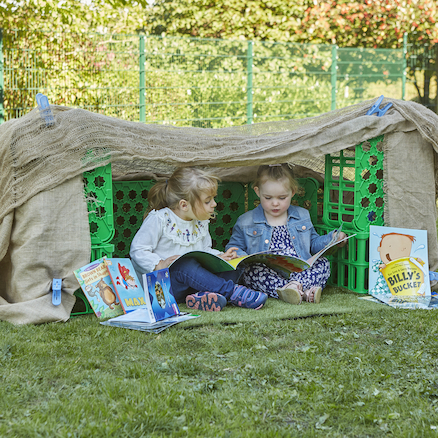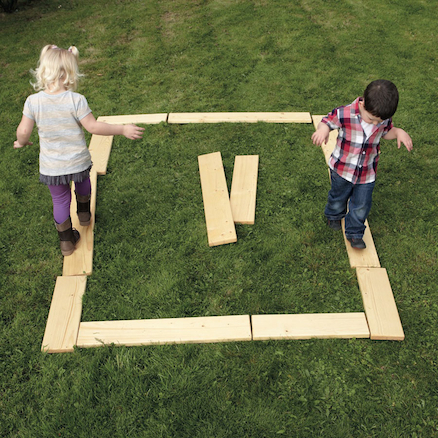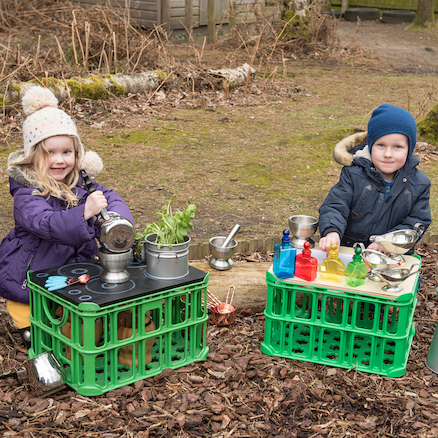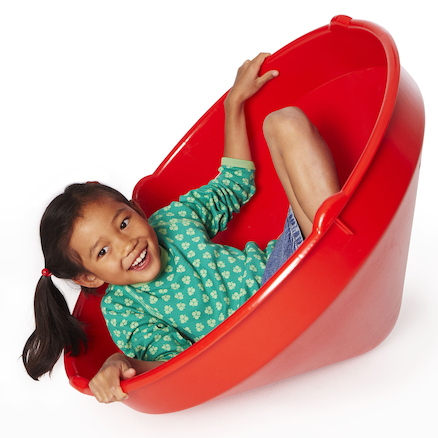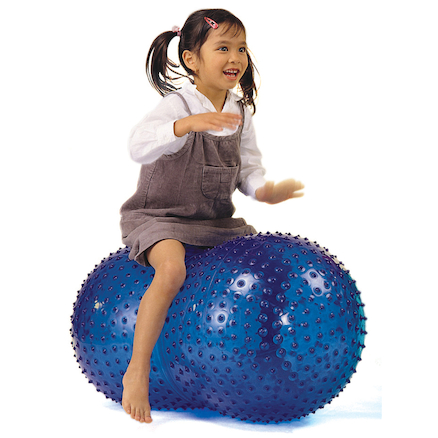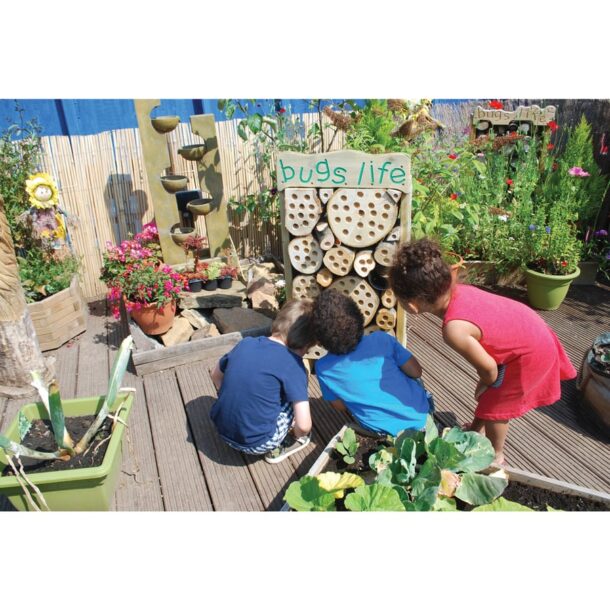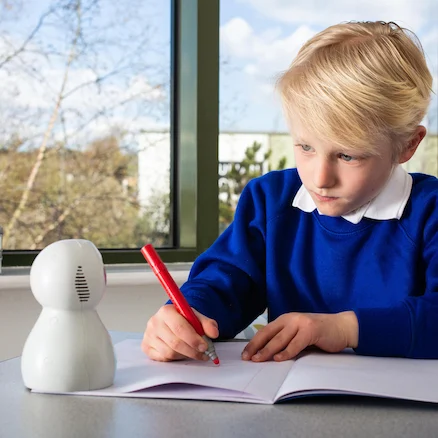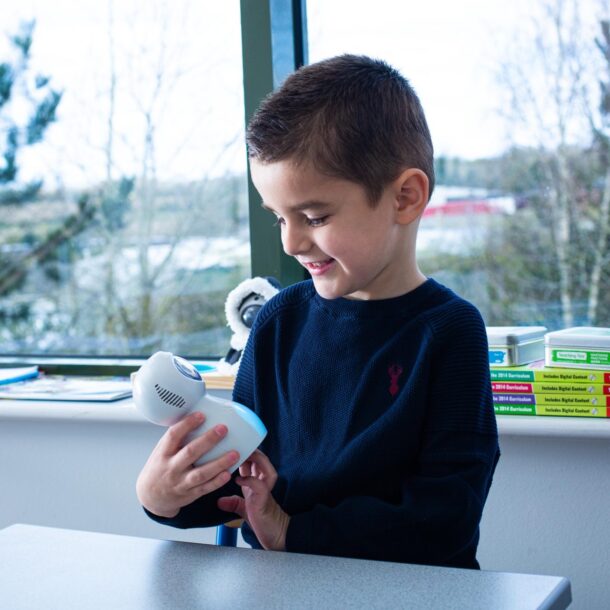This blog is part of a 6-part series. To find where you left off head on over to our wellbeing blog page.
Our physical health has a big impact on our mental health and being physically active helps to maintain positive mental health. When we are physically active, our brain releases chemicals called endorphins which help us feel good mentally. This helps to improve our concentration, well-being and sleep. This doesn’t mean that children need to run a marathon each day or have a game of football between each lesson, but it does mean that as educators we need to be conscientiously ensuring our children are sitting down less and moving their bodies more!
Physical activity doesn’t just have to be something we do in the sports hall or outside either. We can introduce it into our mentally healthy classroom and get those endorphins released with a few simple activities and strategies.
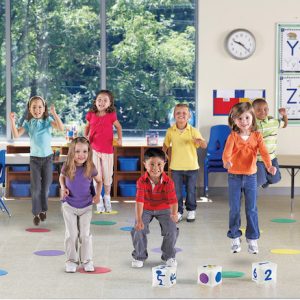
Here are my top tips for introducing more physical activity into your classroom
- Get children moving – get them to stand up, tuck their chair in and do a few exercises or stretches. Whilst they’re doing this, encourage them to notice exactly how it feels. To be more mindful of their bodies and minds. What sounds are you making? How does it feel when you reach up high or touch the ground? This helps with getting them to identify feelings inside their body too as they become more attuned to themselves. Dependent upon their age, you could do this as a game of Simon says, or to a nursery rhyme such as head, shoulders, knees and toes. If your children are older you could put on a video from Go Noodle for them to copy or simply get them to follow your instructions with their eyes closed.
- Find a reason to move – When you notice a child is displaying early warning signs of not being ok, give them a reason to go and do something physical. It could be as simple as wheeling the lunchbox trolley into the hall, passing a note to another teacher so they can go on a walk or asking them to help move some PE equipment for example.
- Keep it simple – Never underestimate the power of star jumps, hopping, patting your head and circling your tummy. Thread these simple regulating exercises into the school day.
- Use music! Music impacts our emotions heavily. It can calm or soothe us, it can energise or excite us. Play music in your classroom and let your children move or simply be calm and listen – whatever it is they need.
- Space – Set up an area inside or outside your classroom that has some physical movement prompts. This way you don’t need to direct children to move and it could be a part of a child’s self-regulation chart. I love these rubber fitness gym spots for doing exactly this.
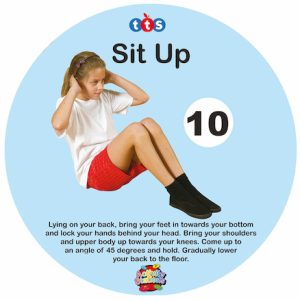
- Body Movements – Don’t forget the simple body movements such as rocking, tapping, hugging, clicking and clapping. Model these, such as tapping different areas on your body (e.g. up and down your arm) or following a pattern where you click and clap.
- Water – Have a water tray to hand with some cups. Just having a few moments to run your hand through cool water and watch it trickle is very therapeutic for many children.
- PE Equipment – You can incorporate PE equipment into your lessons to get children physically active such as when doing a maths or English lesson. For example, I would use these plastic playground bats and a ball to practise counting in 1s, 2s, 5s, 10s and so on. In a phonics lesson you could write/placesounds onto the floor for the children to jump to in order to identify the sound you say. Or use the emotion throwdown spots to get your child to move in a different way according to the emotion they jump on.
Physical Activity Outside
Although I mentioned earlier that physical activity doesn’t have to be outside, the more you can get outside the better. By being physically active outside, you are allowing your pupils a break from the four walls of the classroom. Giving them time to be free, to relax, reflect, chat and have a ‘brain break’. Our ancestors spent so much more time exploring, working and enjoying being outside. Even today when we are outside, we are usually surrounded by phones, technology and not switching off. As a generation up to 90% of our time is spent indoors so as an educator when we have the power to take our children outside to be physically active – away from phones and technology, it gives them that break that they may not have the maturity, parental guidance, will power or discipline to provide themselves at home.
If you are lucky enough to have the space just outside your classroom I would have some suitable loose parts available for children to access when needed. My go to purchases would be the wooden plank collection, creative crates, creative crates top, giant den making pegs, plastic guttering and metal water channel stands. Children can access the area and follow their impulses to explore and build whilst being involved in heavy work activities which are great for self-regulation. They could use the den making pegs and some materials to create their own sensory space and could use the water for some calming water play.
I also love this giant balance spinning top and sit on peanut balance ball – both of which could be incorporated indoors or outdoors to get children physically moving to support their mental health. You can still listen whilst you are rocking or bouncing on a balance ball and again, having this provision in your classroom and outside may be the difference between that child surviving or thriving.
So, why is being physically active so important for mental health?
When we focus too much on children sitting still and quiet in a classroom, we can often forget the needs of some of our most vulnerable learners. Those who need that extra and additional time to be physical in order to be mentally healthy too. With these items and activities, you are not only supporting your children’s mental health but also their balance, co-ordination, teamwork, concentration and physical skills.
Jump to Part 6.
With many thanks to Ruth Lue-Quee for writing this article for us.
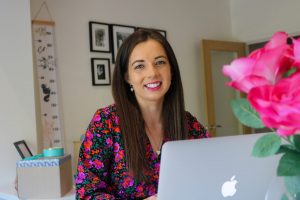
Ruth is the founder of My Mummy Teacher, an educational brand that whole-heartedly believes in the power of play. My Mummy Teacher empowers parents and professionals to help their children learn through play, through their best-selling Learning Through Play Cards and a range of additional products and services, that are uniquely adaptable for a wide range of abilities. Ruth is a highly qualified, former Deputy Headteacher of a primary school and has also worked in many aspects of Special Educational Needs including mainstream and additional resourced provision settings. She has considerable experience as a Senior Leader and is passionate about teaching, learning and inclusion within KS1 and EYFS. As well as running My Mummy Teacher, she proudly works in partnership with Cadmus Inclusive as an Inclusion Consultant and regularly writes as an expert for businesses, companies and in the press on Educational and Parenting matters.

